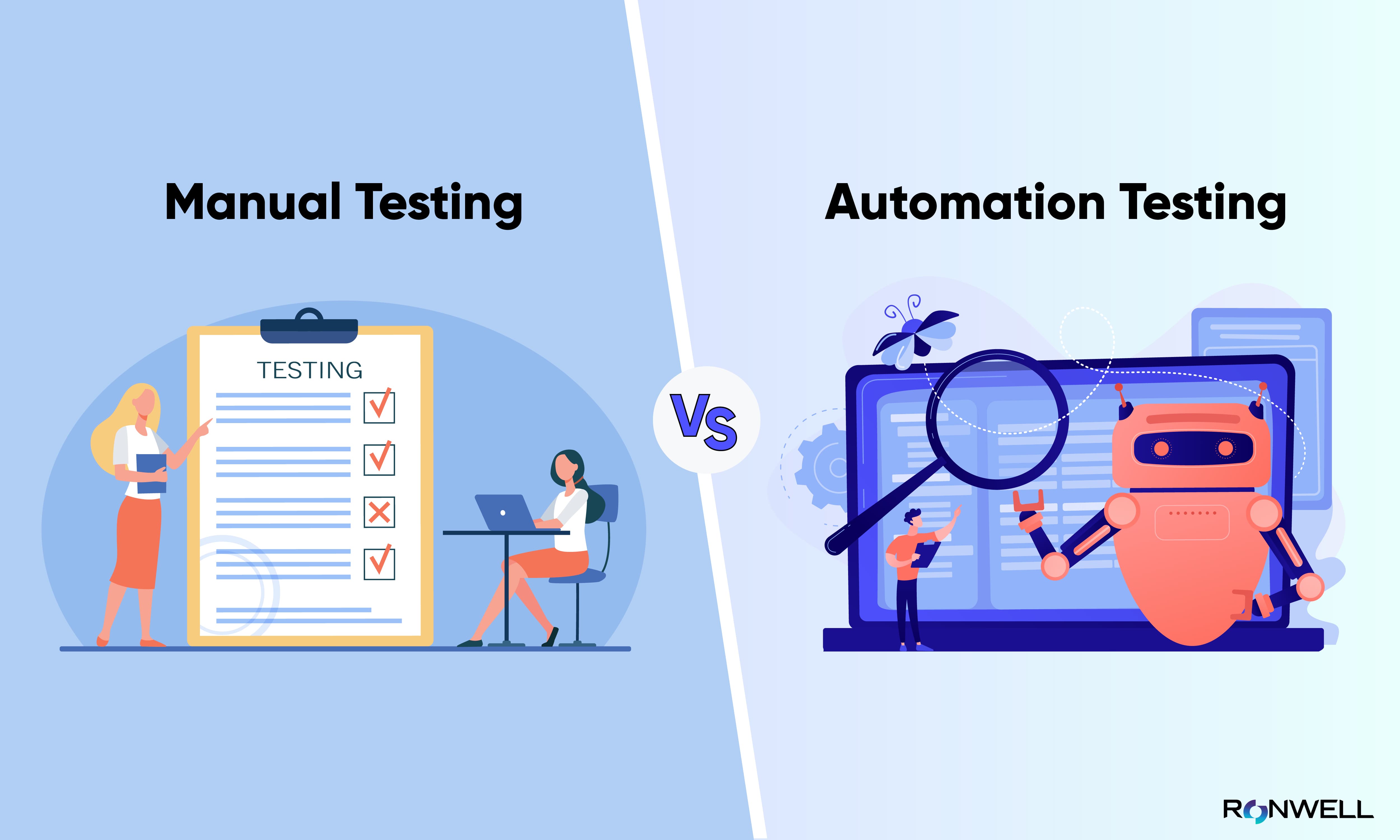From Handbook to Automated Testing: A Comprehensive Overview to Transitioning Smoothly and Properly
In the world of software screening, the shift from guidebook to automated processes has actually become a progressively vital transition for companies seeking to enhance performance and precision in their screening methods. The trip from handbook to automated testing is not without its difficulties, but when come close to strategically and with a clear strategy in mind, the advantages can be considerable.
Advantages of Automated Testing
Automated screening provides numerous advantages, boosting performance and accuracy in software development processes. One key benefit is the substantial decrease in testing time. Automated examinations can be run all at once on multiple devices and running systems, significantly speeding up the testing stage contrasted to hand-operated screening. This increased effectiveness allows for faster comments on the quality of the software, enabling programmers to identify and deal with concerns promptly.
In addition, automated testing guarantees a higher level of accuracy in identifying defects. Because automated examinations adhere to predefined manuscripts, human error is minimized, resulting in more trustworthy examination results. Uniformity in testing is also enhanced, as automated tests perform the exact same actions specifically each time they are run. This consistency is essential in making certain that all functionalities of the software program are thoroughly checked, reducing the probability of unseen insects sliding with to manufacturing.
Choosing the Right Tools

Firstly, analyze your needs and goals. Recognize the extent of your job, the modern technologies entailed, and the skill collection of your group. This analysis will certainly aid you figure out the capacities and attributes you call for in your screening devices.
Second of all, take into consideration the compatibility of the devices with your existing procedures and systems. Smooth assimilation with your present software development lifecycle is necessary to make certain a smooth transition to automation.
In addition, examine the scalability and versatility of the tools. As your screening requires develop, the devices need to be able to adapt and suit modifications successfully.
Finally, factor in the assistance and community around the tools. When executing automated screening, durable support and an energetic customer neighborhood can give important resources and aid. By carefully considering these aspects, you can select the right devices that straighten with your needs and established the stage for an effective transition to automated screening.
Writing Efficient Test Manuscripts

When crafting test scripts, it is vital to consider the certain demands of the software program being checked and make certain that the scripts deal with all critical functionalities. Clear and detailed calling conventions for examination scripts and test instances can improve readability and maintainability. In addition, integrating mistake handling systems within the examination scripts can aid in identifying and resolving problems official site promptly.
Additionally, arranging examination scripts right into modular parts can improve reusability and scalability, decreasing redundancy and boosting effectiveness in test manuscript upkeep. Normal reviews and updates to examine manuscripts are vital to equal progressing software application demands and functionalities. By following these concepts, testers can develop robust and efficient examination manuscripts that add considerably to the success of automated screening procedures.
Integrating Automation Into Workflows
By perfectly integrating automated screening devices like Selenium or Appium right into the software development lifecycle, groups can attain faster responses on code modifications, leading to quicker insect detection and resolution. This integration permits for constant screening throughout the advancement process, guaranteeing that any issues are recognized early on, resulting in higher software program quality. Correct combination of automation devices requires collaboration between growth, screening, and procedures teams to establish a unified operations that enhances efficiency and effectiveness in supplying high-quality software items.
Making Certain a Smooth Transition
Effectively transitioning to automated screening includes thorough planning and careful implementation to reduce interruptions and optimize performance in the software program development procedure - automation testing. To make certain a smooth change, it is important to begin by conducting an extensive analysis of the current testing procedures and identifying areas where automation can bring one of the most significant advantages. Engaging with all stakeholders beforehand while doing so, including programmers, testers, and task supervisors, is crucial for garnering assistance and buy-in for the automation initiative
Interaction is vital throughout this shift phase. Clear communication of the goals, advantages, and expectations of automated screening aids to handle any resistance or problems that may occur. Additionally, offering appropriate training and resources for team members to upskill in automation tools and strategies is important for guaranteeing a successful change.

Conclusion
Finally, transitioning from handbook to automated screening uses numerous benefits, consisting of boosted efficiency and dependability. By selecting the appropriate devices, creating effective examination scripts, and integrating automation flawlessly into process, organizations can make sure a effective and smooth transition. It is vital to welcome automation as a beneficial possession in software program testing processes to boost overall high quality and efficiency.
In the world of software application screening, the change from resource handbook to automated procedures has actually become an increasingly important shift for companies looking for to improve effectiveness and accuracy in their screening methods. Automated examinations can be run at the same time on multiple devices and running systems, considerably speeding up the testing stage compared to hand-operated testing. Consistency in testing is additionally boosted, as automated examinations perform the same steps precisely each time they are run.To make certain the effective implementation go of picked testing tools, the production of efficient examination manuscripts plays a vital duty in verifying the functionality and efficiency of automated procedures - automation testing. By adhering to these principles, testers can produce robust and reliable test manuscripts that add dramatically to the success of automated testing processes